This week, major heat waves are hitting much of the East Coast and Midwest. We hope everyone finds a cool place to rest and stay safe this summer. However, we also realized that many gardeners are probably struggling with heat stress in their plants during this time. While we can’t move our whole garden into the air conditioning, we can do a few things to help protect our crops from extreme temperatures.
Check Plants Often
Keeping an eye on your plants and spending some time in the garden whenever it’s cool enough, like early mornings or late evenings, can help prevent stress and catch any issues early.
One thing you want to keep on top of even though it’s tough in hot weather is weeding. Weeds often compete with crops for moisture and may prevent adequate air circulation.
You should also harvest often. Picking crops before they are overripe will prevent plants from wasting energy.
You should also watch for signs of heat stress, such as fruit or blossom drop, curling or yellowing leaves, and wilting. If you see these signs, consider taking some of the steps outlined below.
Maintain Proper and Consistent Watering
Consistent moisture is essential for good production and plant health, especially during high temperatures. Inconsistent watering can result in heat stress symptoms like curled leaves, poorly formed cucumbers, splitting tomatoes, and more.
Ideally, you should water in the early morning or evening. If you water during the middle of the day, much of it will be lost to evaporation.
How you water also matters. Overhead watering leads to much more evaporation than directly watering the soil around plants. If possible, use soaker hoses or drip irrigation. For small gardens where you hand water, try to direct the water to the base of the plant.
Especially during hot weather, deep watering can be helpful. Aim to water at least two to three times per week, getting a total equivalent of about 1 inch of rainwater to your crops weekly.
Generally, it’s tough to provide too much water during hot weather, but keep an eye on your soil and avoid overwatering. Soggy soil can lead to root rot and fungal diseases.
Container plants will dry out much faster and need extra attention and watering.
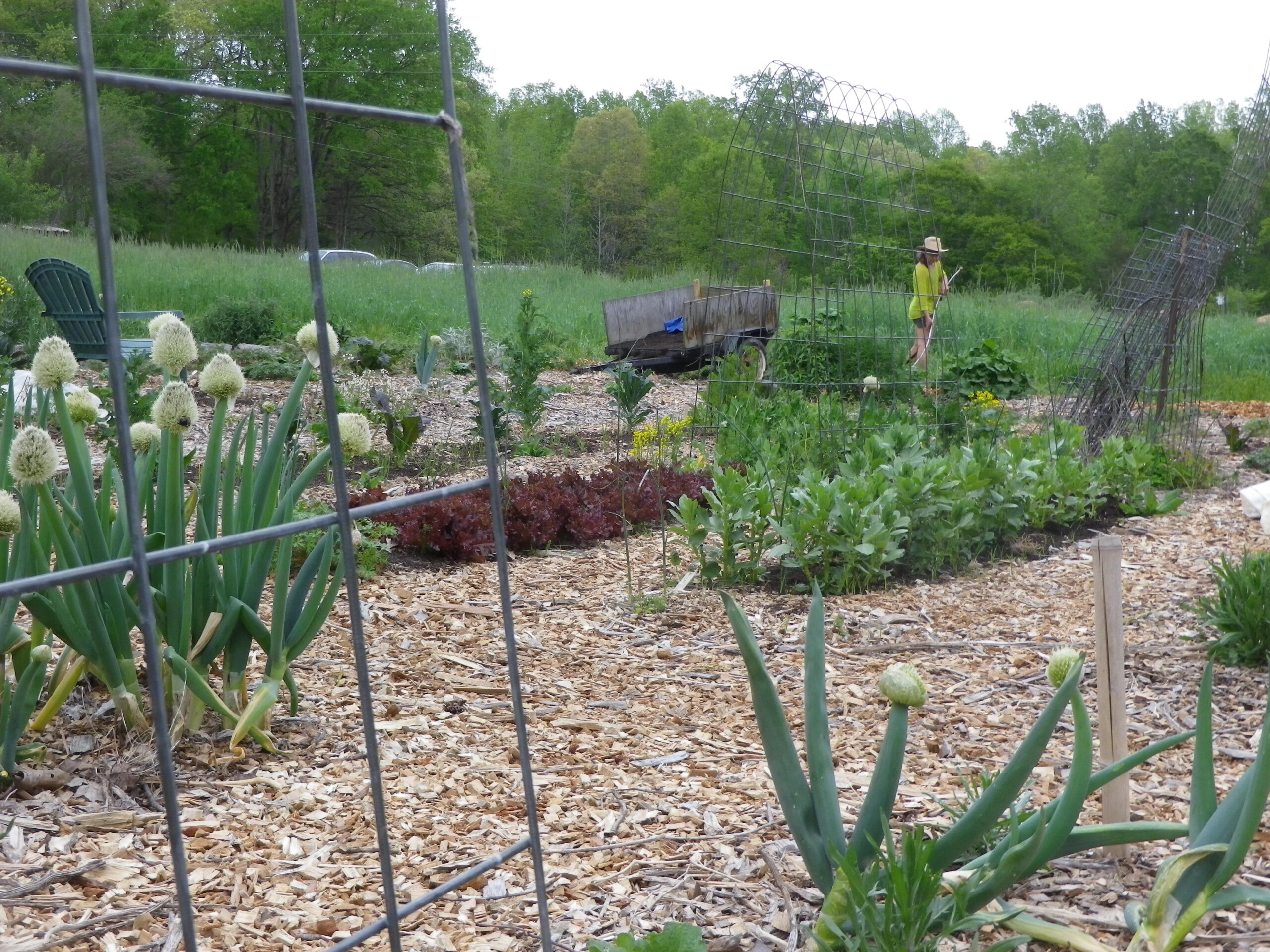
Mulch
We talk about mulch a lot on this blog, but it really can make a big difference when it comes to heat stress. A few inches of mulch, such as straw, pine needles, old leaves, grass clippings, or wood chips, can decrease soil temperatures dramatically. It also helps block weed growth and keeps the soil moist.
Further, mulch can prevent soil from splashing onto the leaves of crops like tomatoes, which are highly susceptible to soil-borne fungal diseases like late blight.
Provide Shade to Prevent Heat Stress
While plants need a certain amount of sunlight to grow, they’re generally too stressed during the hottest parts of the day to do much growth anyway. Providing some temporary shade, particularly during the afternoon, can be helpful.
For small gardens, you may be able to use what you already have on hand. Consider using patio umbrellas, EZ Up canopies, or shade sails to offer your plants some temporary respite from the afternoon sun.
Alternatively, you can purchase shade cloth or row cover and use it over plants. We often use row cover at SESE to keep out pests, provide shade for cool weather crops, and provide a little frost protection for fall crops. Old sheets or other materials and scrap pieces of fencing could be used for a similar effect.
If possible, move container plants to where they will receive morning sun and a period of afternoon shade.
Avoid Fertilizing
When gardeners see plants looking rough from heat stress, they sometimes mistake the signs for a nutrient deficiency. Unfortunately, fertilizer does more harm than good during periods of extreme heat.
A boost in nitrogen and other nutrients signals to plants that it’s a good time to put on new leaf growth. We don’t want plants that are already overtaxed from the heat trying to make new leaves! Focus instead on watering, weeding, and harvesting to improve plant health.

Plan for a Heat Stress Resistant Garden Next Season
If heat stress is a major struggle for you this season, it’s a good idea to incorporate that into next season’s garden plan. Maybe you need to keep more mulch on hand, invest in soaker hoses, improve the soil, or focus on more heat-tolerant crops.
Improving your soil can help it hold moisture better. To do this, you need to add organic matter. Cover cropping is a great option, as is adding mulch and several inches of finished compost whenever possible.
Even among cool-season crops, some varieties are more heat tolerant than others. Here are a few of our favorite varieties for when temperatures soar:
- Jericho Romaine Lettuce
Bred for desert heat in Israel, Jericho thrives in our hot summers. - New Zealand Summer Spinach
A heat and drought-tolerant spinach substitute from New Zealand. - Red Malabar Summer Spinach
Heat-tolerant Asian greens that make an excellent substitute for spinach. - Waltham 29 Broccoli
This is our best broccoli for fall harvests. Waltham 29 offers superior drought resistance. - O’Henry Sweet Potato
White-fleshed sweet potatoes were classically considered easier to grow than “Irish” potatoes in the Southeast. - Georgia Green (Georgia Southern, Creole) Collards
These collards are resistant to heat and frost and grow well on poor soil. - Case Knife Pole Snap Bean
Sets well even in hot weather.
There are many other great options. When selecting your favorite crops, do some digging and check for varieties that mention heat and drought resistance. In our catalog and on our website, you can see varieties with a sun symbol. This means that they are especially adapted to the Southeast.
Keeping your garden healthy and productive during heat waves can be a major struggle. Using these strategies when the temperatures climb can help you keep your garden in top shape during the hottest summer months.

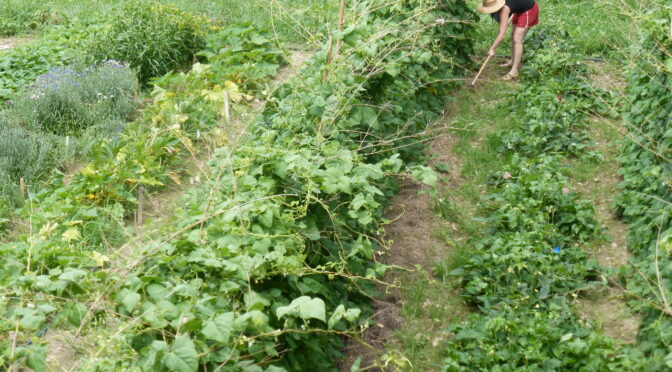
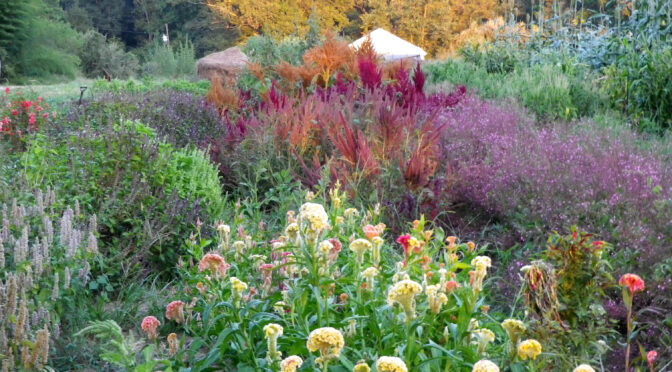
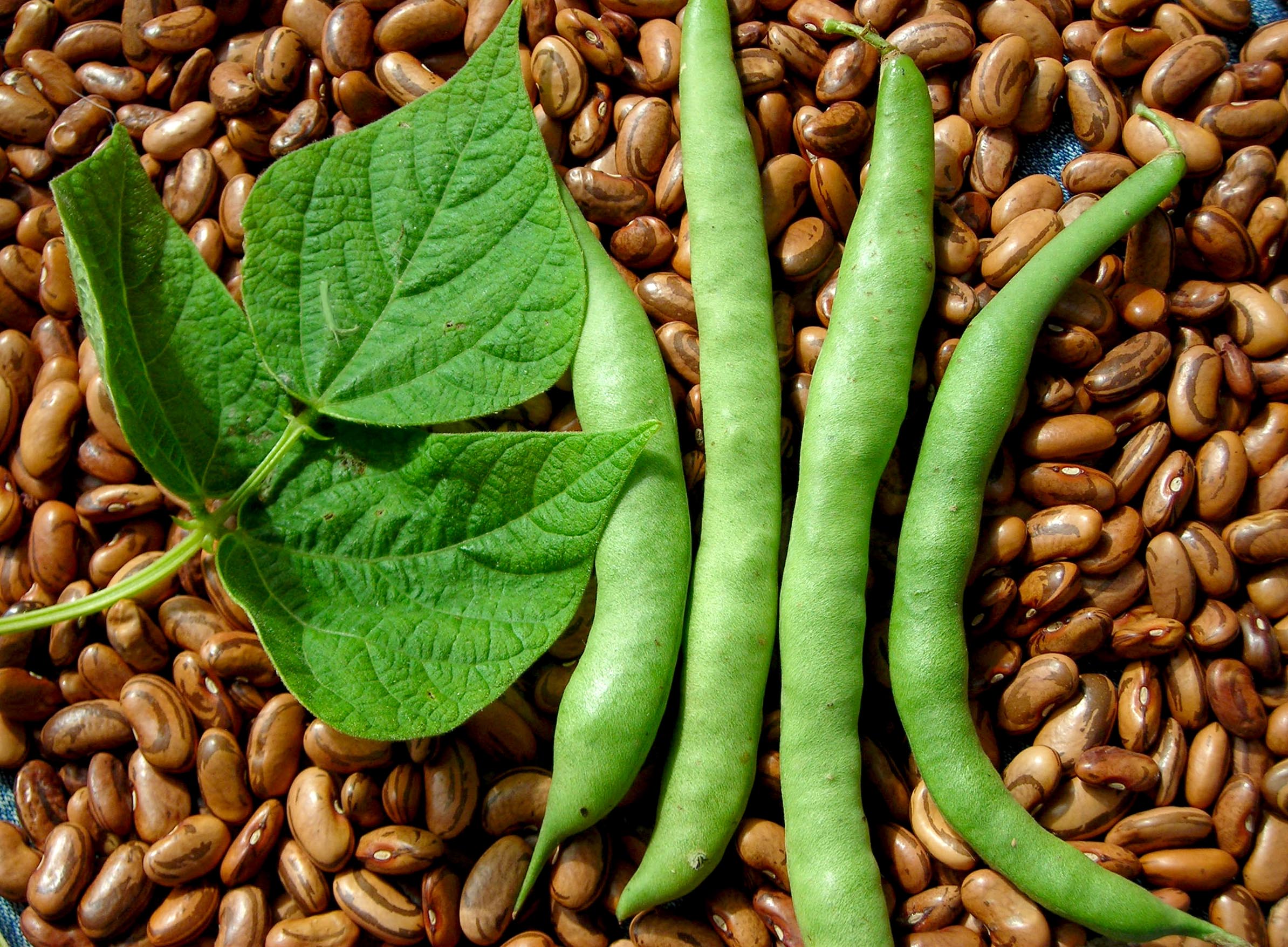
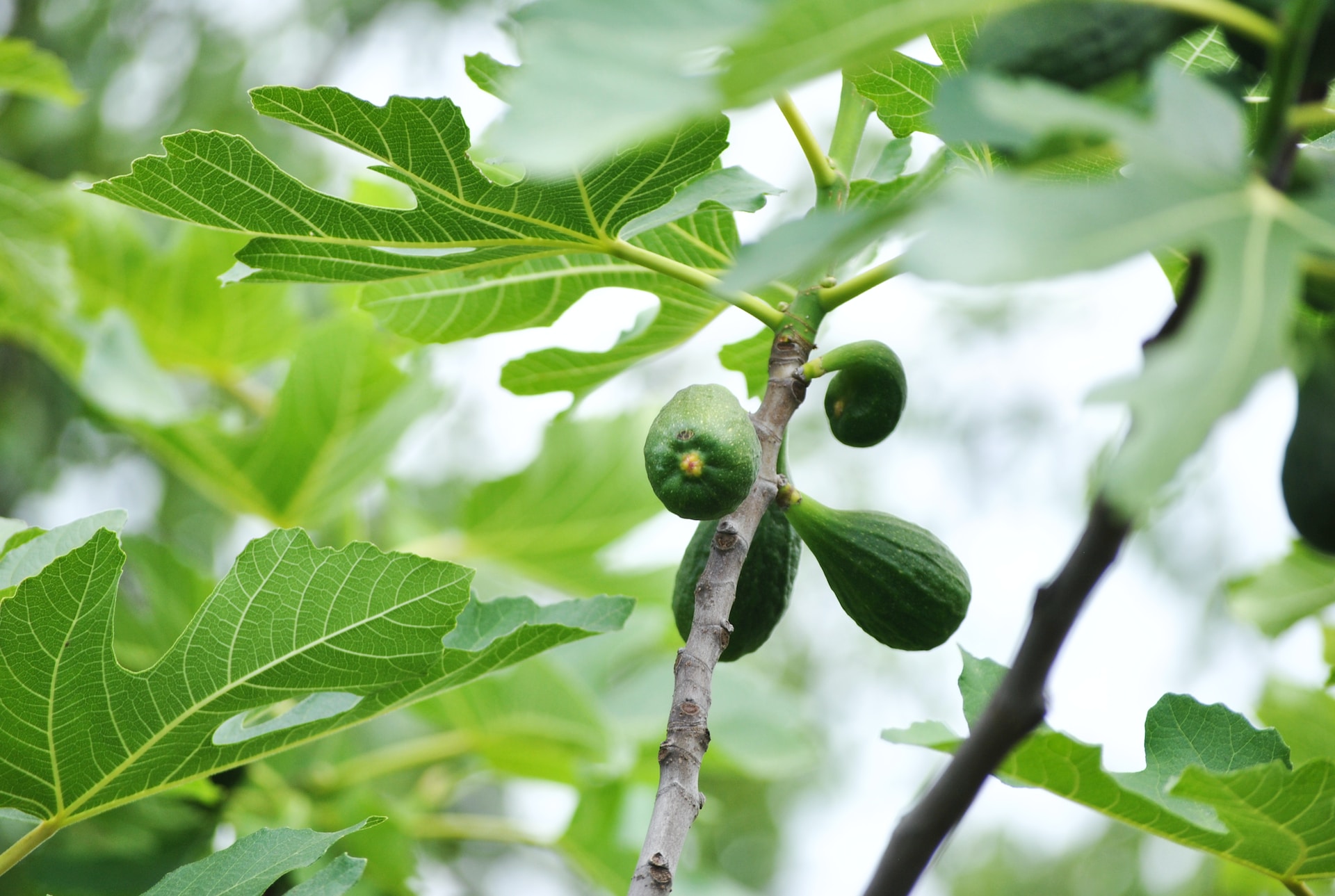 Plant Perennials
Plant Perennials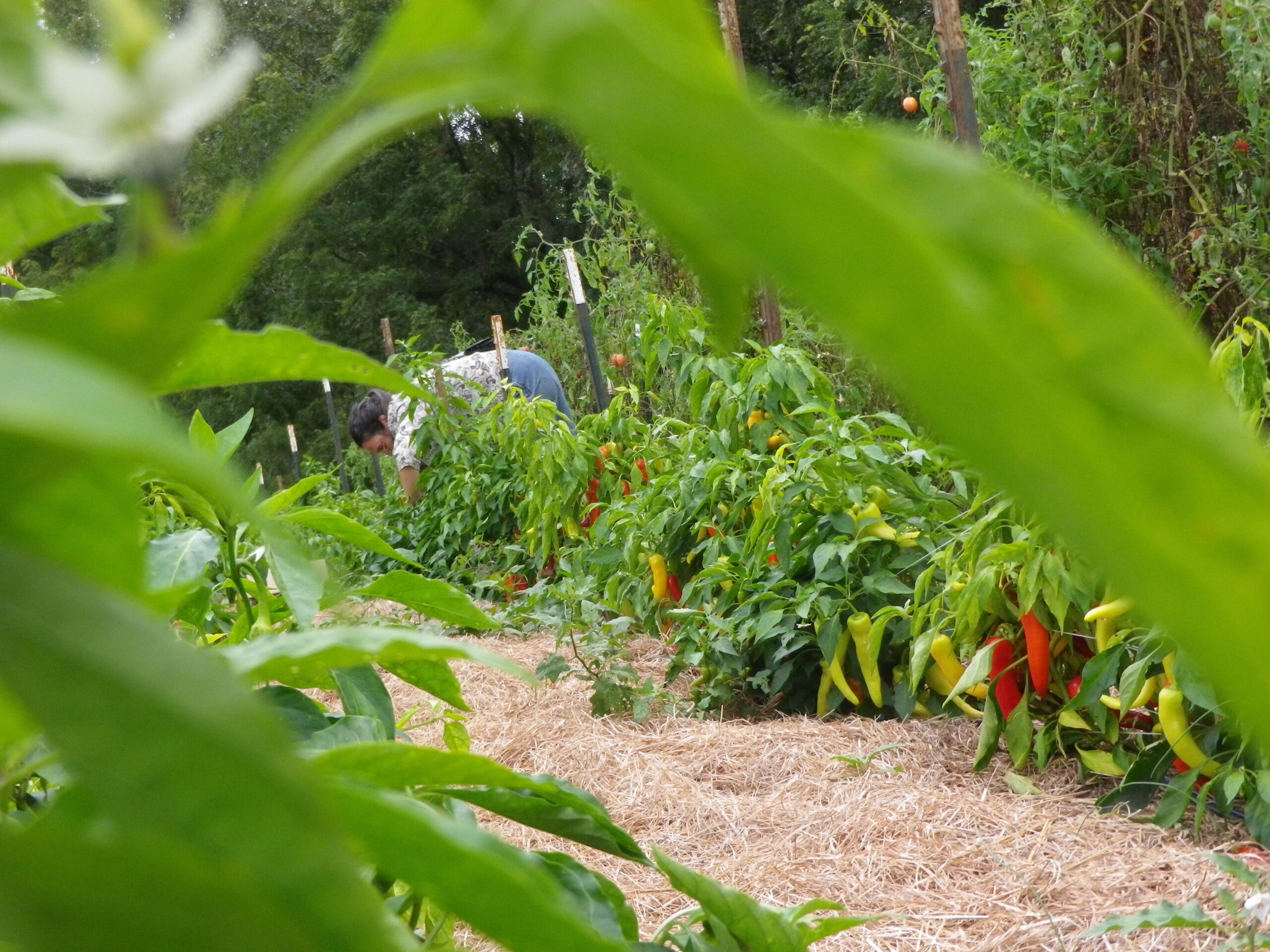 Use Cover Crops and Mulch
Use Cover Crops and Mulch